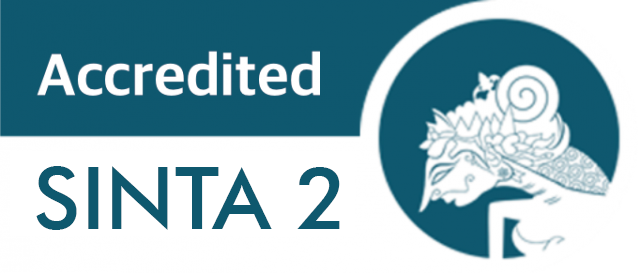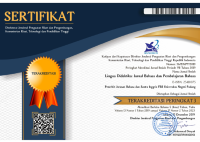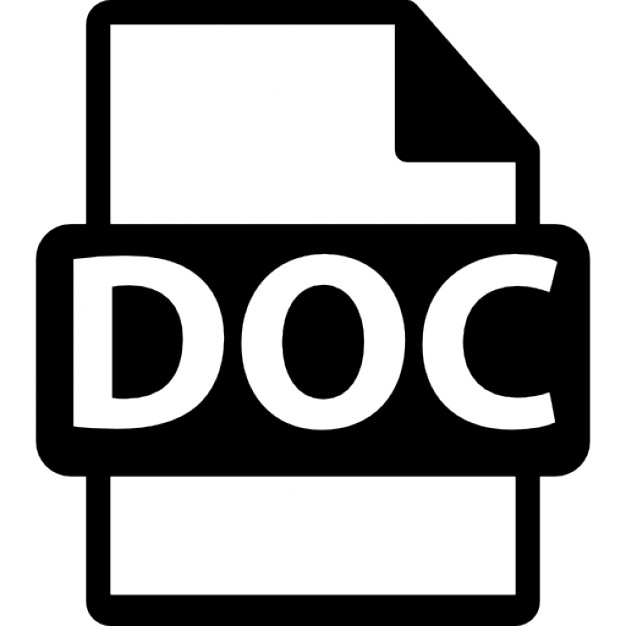Exploring Teacher’s Feedback on Students’ Writing Skill in Indonesian EFL Classroom
 ), Mayra C. Daniel(4),
), Mayra C. Daniel(4), (1) Sekolah Islam Athirah
(2) SMPN 40 SATAP Langkeang
(3) Universitas Negeri Makassar
(4) Northern Ilinois University
 Corresponding Author
Corresponding Author
Copyright (c) 2023 Lingua Didaktika: Jurnal Bahasa dan Pembelajaran Bahasa
DOI : https://doi.org/10.24036/ld.v17i1.121092
Full Text:
 Language : en
Language : en
Abstract
This research was based on the phenomenon in school where many students find writing challenging. The students do not know if their writing is correct since they are too shy to ask the teacher when they have problems. In addition, students lack enthusiasm to learn writing because the class was unattractive. This research aimed to find out the teacher’s written feedback in students' written tasks and the factors of good teacher’s written feedback completed by teachers, teacher barriers, and students’ responses to written feedback in the second semester of tenth grade at SMA Islam Athirah 1 Makassar in 2021/2022. This was qualitative research. The data were evaluated utilizing data reduction, data display, and data conclusion. This investigation involved tenth graders at SMA Islam Athirah 1 Makassar. This research sampled 32 students from one class, X IPA 2. The researcher collected data via instruments, interviews, questionnaires, and document examination. From the data analysis, it was observed that the teacher rarely met all three aspects. Many challenges that teachers had in offering written feedback and students lacked reaction in the second semester of tenth grade at SMA Islam Athirah 1 Makassar.
Keywords
References
Agbayahoun, J. P. (2016). Teacher Written Feedback on Students Writing: Teachers' and Learners' Perspective.
Brookhat, Susan M. 2008. How to Give Effective Feedback to Your Students. Alexandria: Association of Supervision and Curriculum Development
Brown, H. Douglas. 1991. Principle of Language Learning and Teaching. 4th Edition. Sanfrancisco: Pearson Education
Ferris, D. (2007). Preparing teachers to respond to student writing. Journal of Second Language Writing, 16, 165-193.
Harmer, Jeremy. 1998. How to Teach English. Edinburgh Gate: Pearson Education Limited
Hatti, John and Helen Timperley. Review of Educational Research. The Power of Feedback. Vol 1. January 30th 2011. New York: American Educationl Research Assosiaciation and SAGE
Hedgcock, J., & Lefkowitz, N. (1992). Collaborative oral/aural revision in foreign language writing instruction. Journal of Second Language Writing, 1(3), 255-276.
Leng, K. T. P. (2013). An analysis of written feedback on ESL students’ writing. Procedia – Social and Behavioural Sciences, 123, 389-397.
Razali, Razalina and Rohaiza Jupri. IOSR Journal of Humanities and Social Science (IOSr-JHSS). Exploring Teacher Written Feedback and Students’ Revisions on ESL Students’ Writing Vol. 19 Issue 5 Malaysia May 2014. Malaysia University Utara. P. 64
Setiyadi, Ag. Bambang. 2006. Teaching English as Foreign Language. Yogyakarta: Graha Ilmu
Tribble, Christoper. 1996. Language Teaching Writing. Oxford: Oxford University Press
Yang, Y. Mediterranean Journal MCSER Publish. Feedback on College EFL Students’ Compositions, vol 4. No. 11. Rome.
Weigle, S. C. (2002). Assessing Writing. Cambridge: Cambridge University Press.
 Article Metrics
Article Metrics
 Abstract Views : 388 times
Abstract Views : 388 times
 PDF Downloaded : 173 times
PDF Downloaded : 173 times
Refbacks
- There are currently no refbacks.
Copyright (c) 2023 Lingua Didaktika: Jurnal Bahasa dan Pembelajaran Bahasa

This work is licensed under a Creative Commons Attribution-NonCommercial 4.0 International License.









